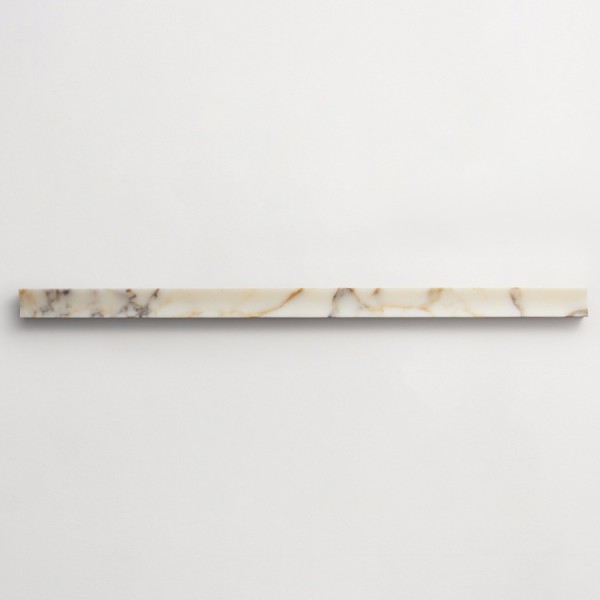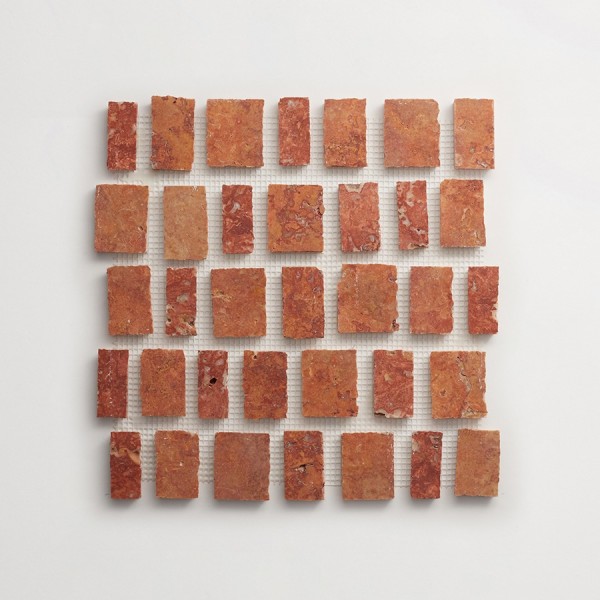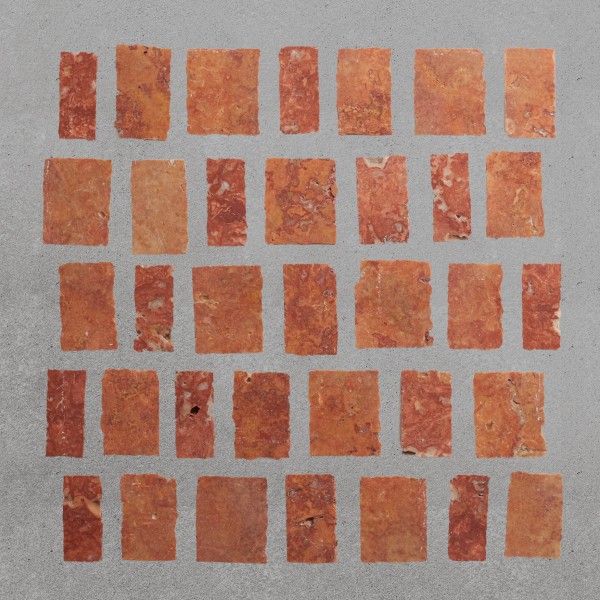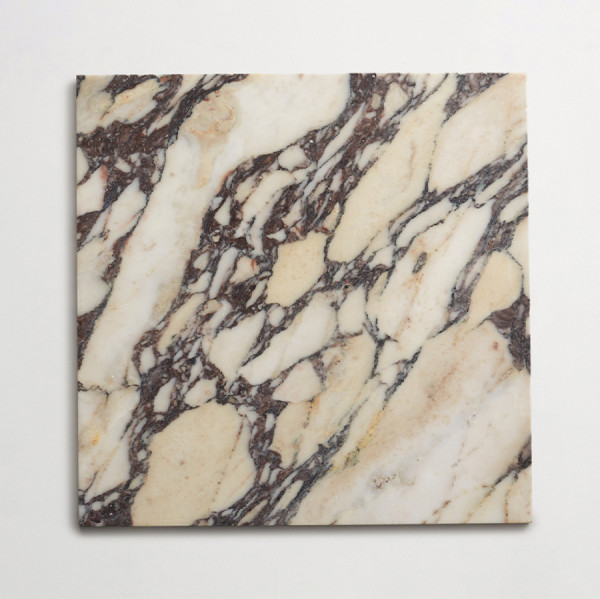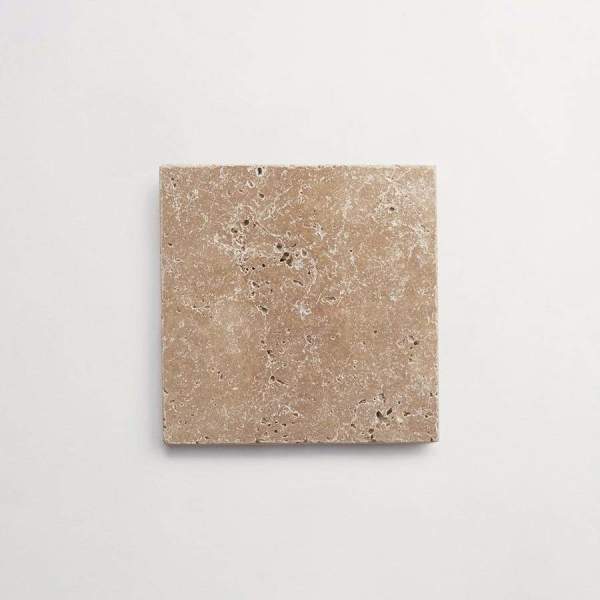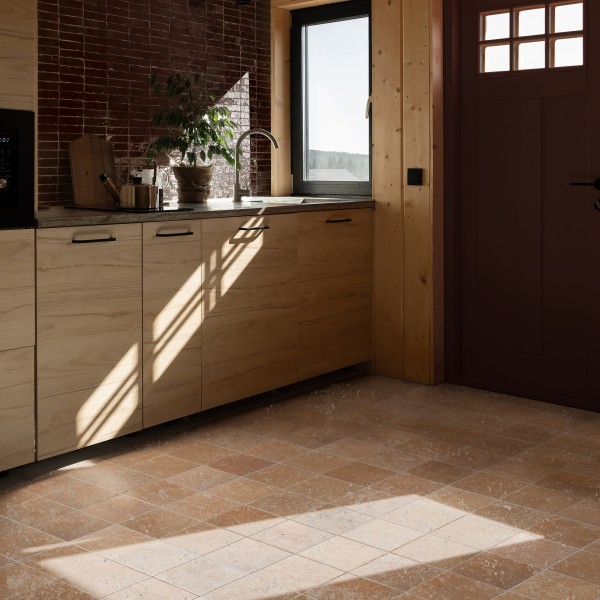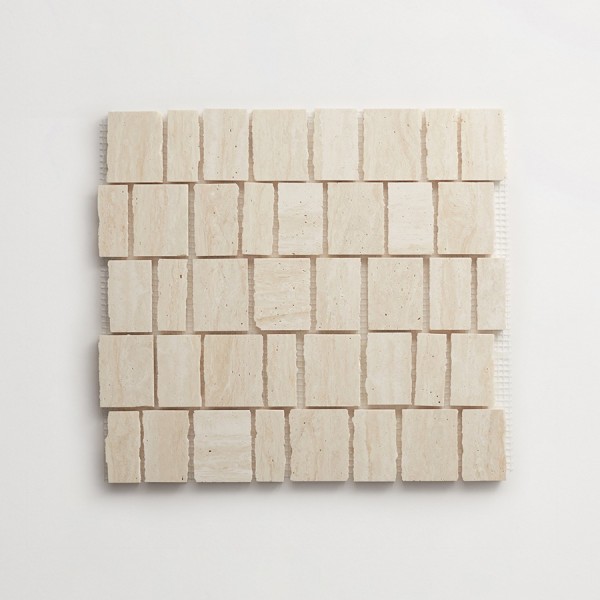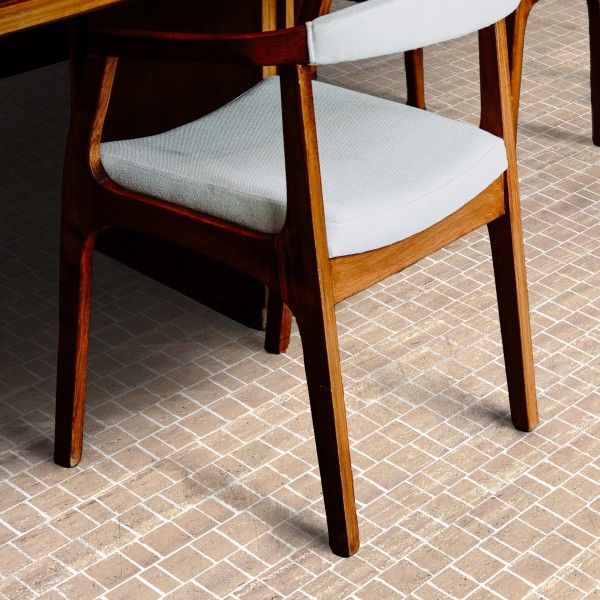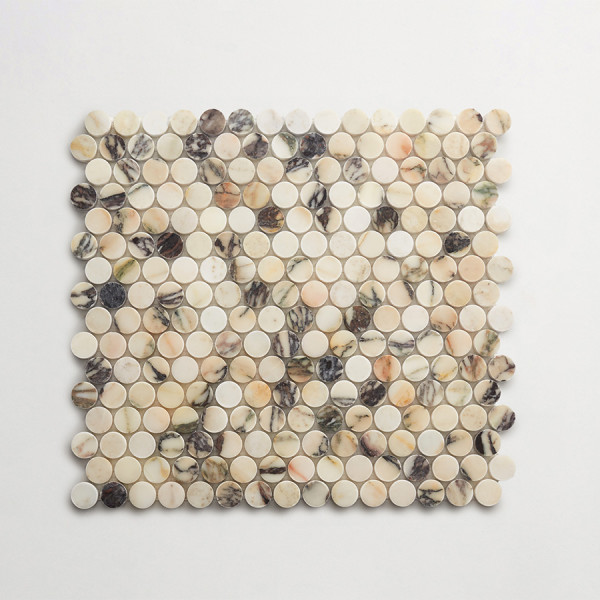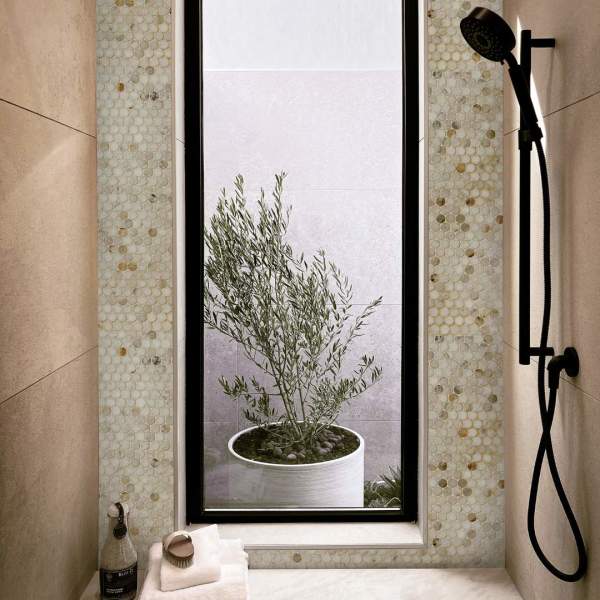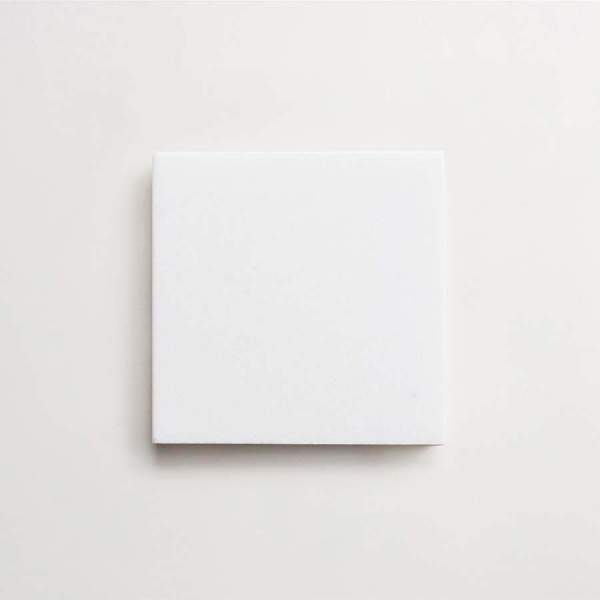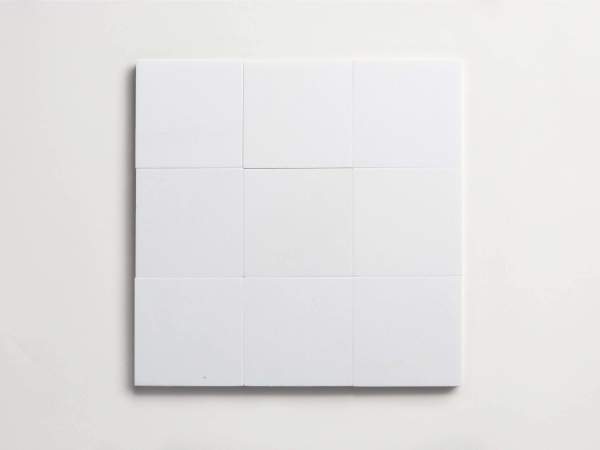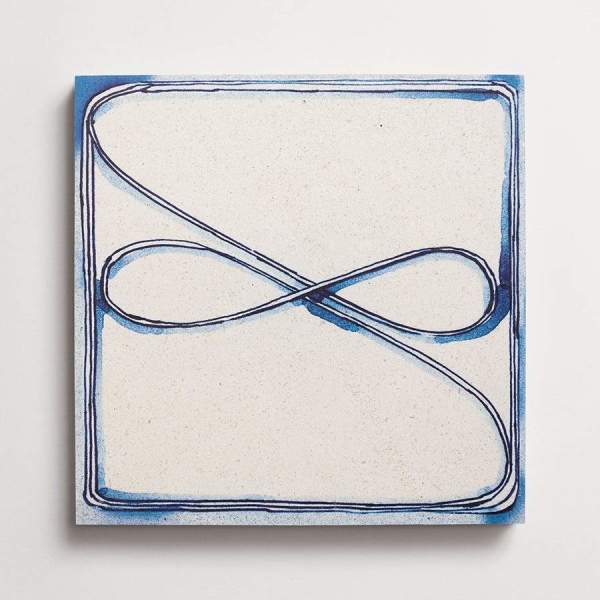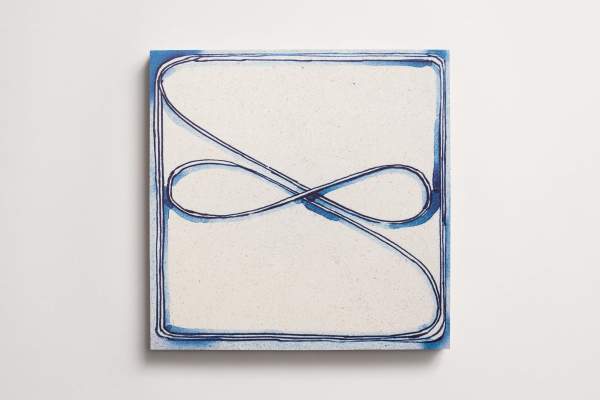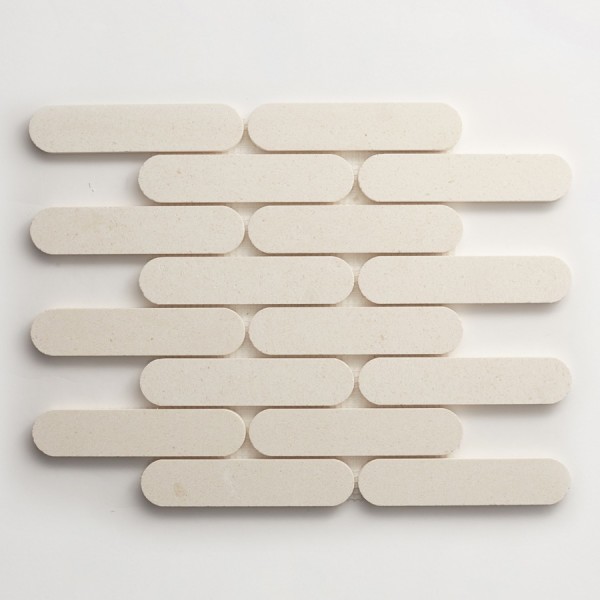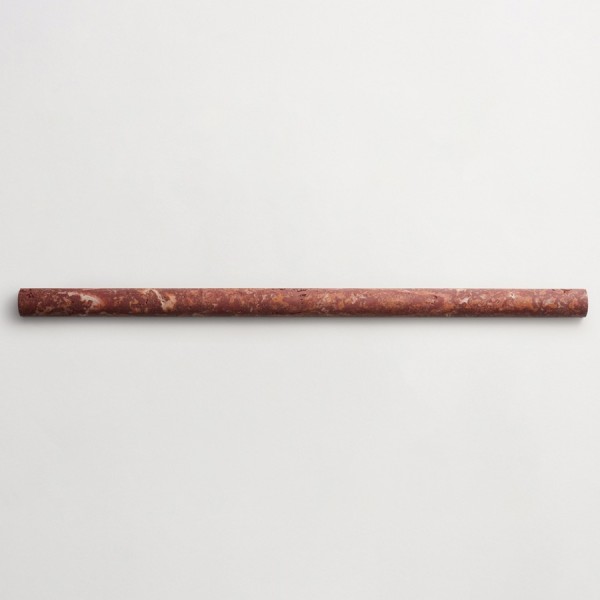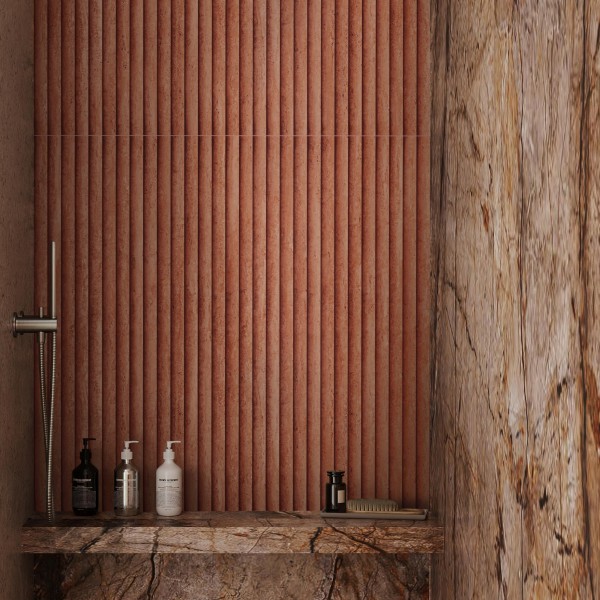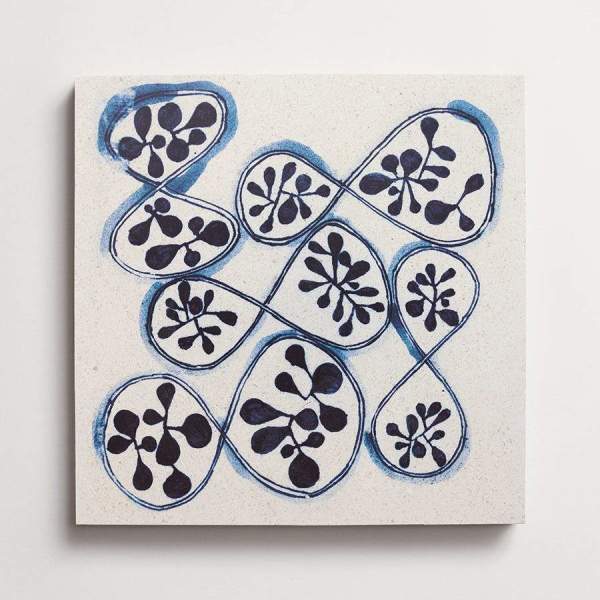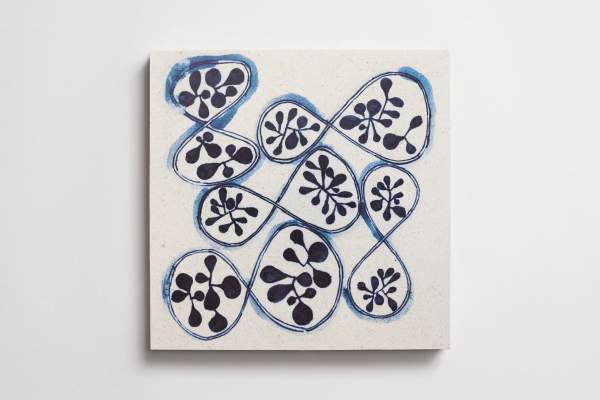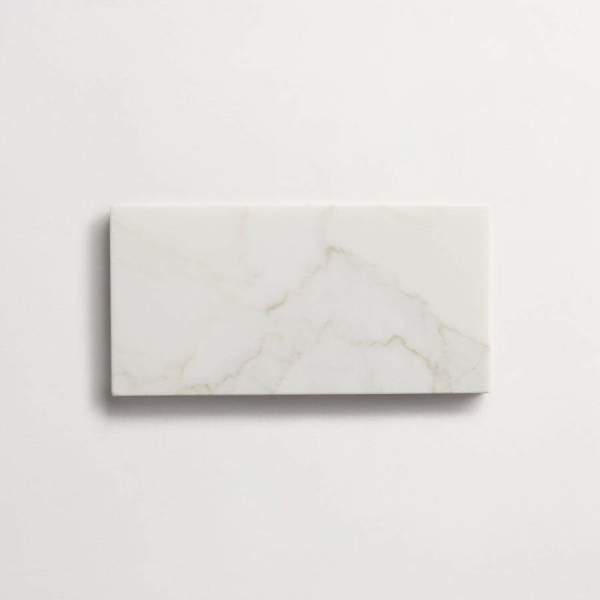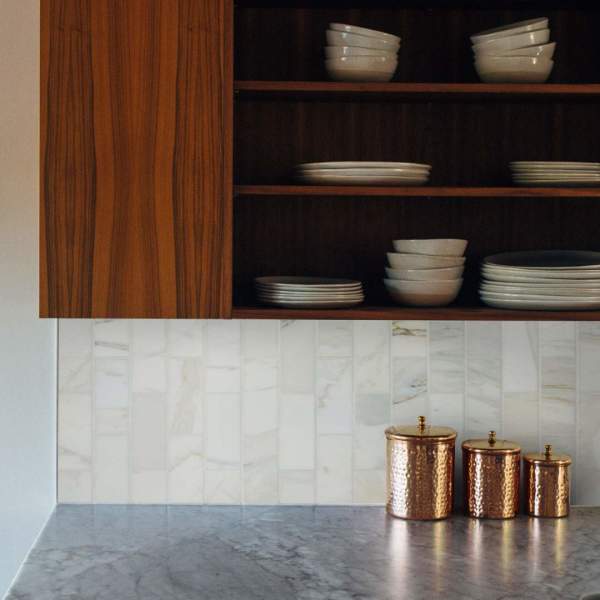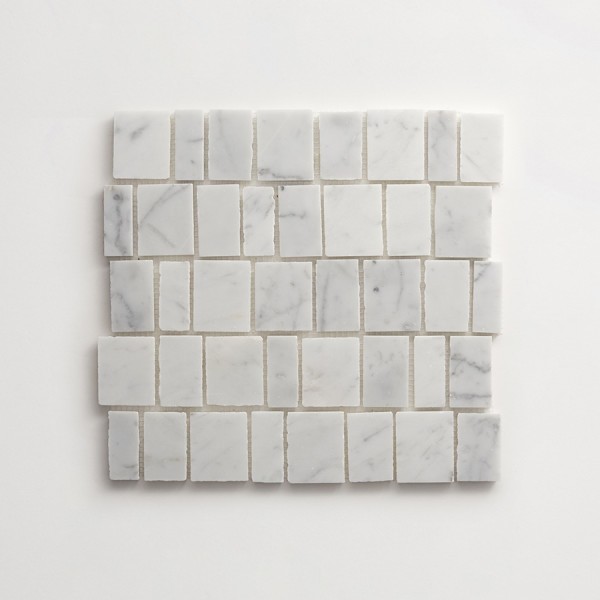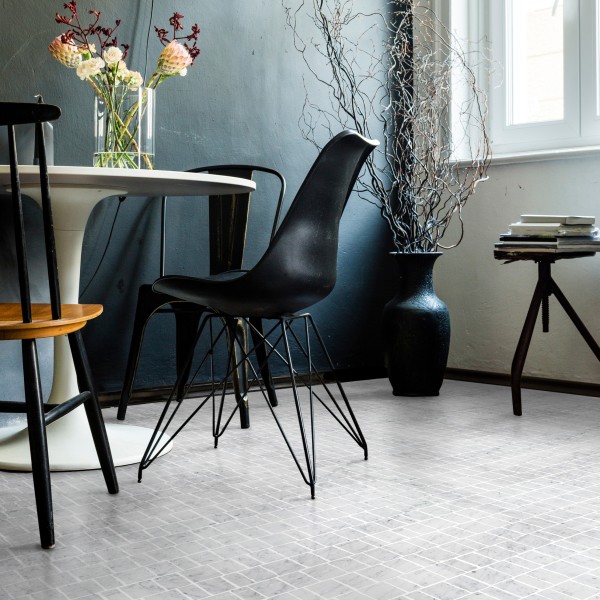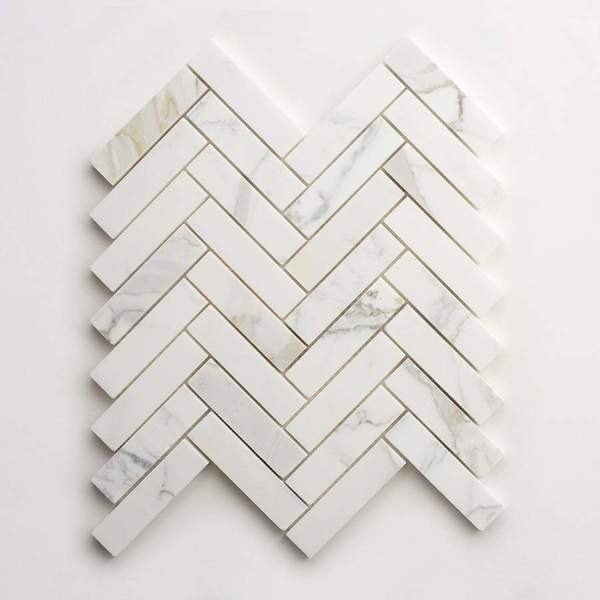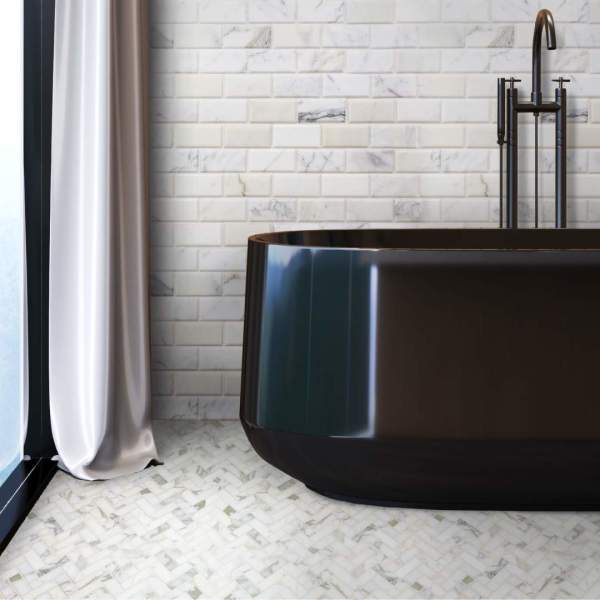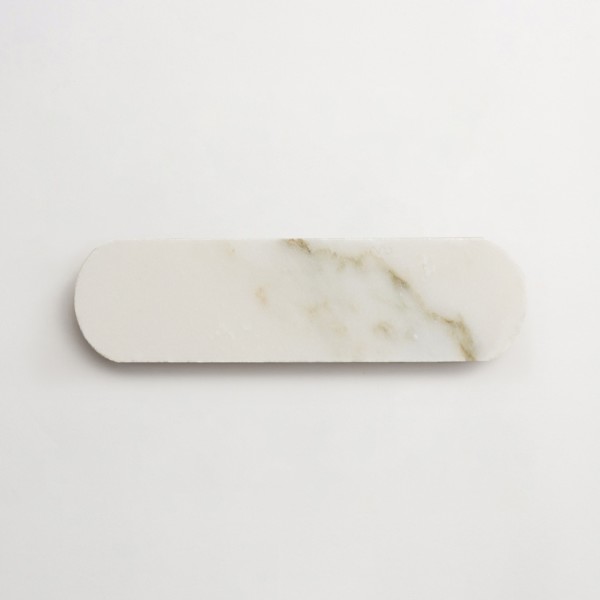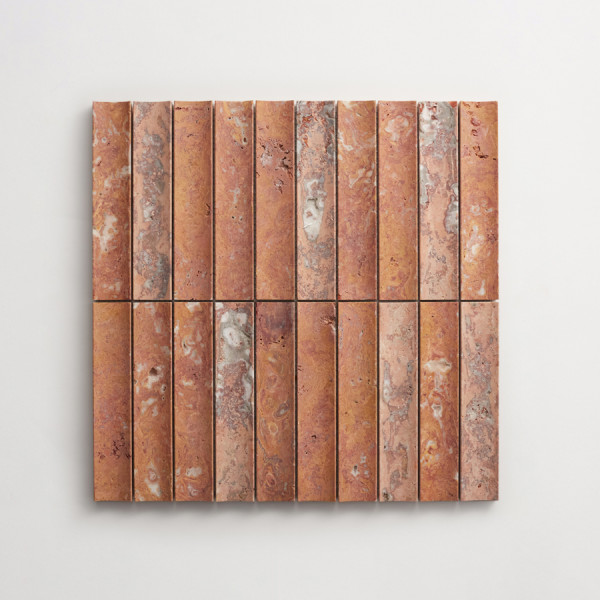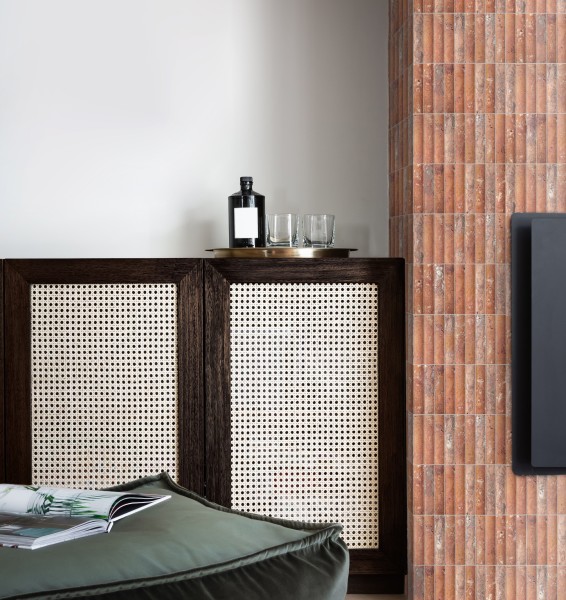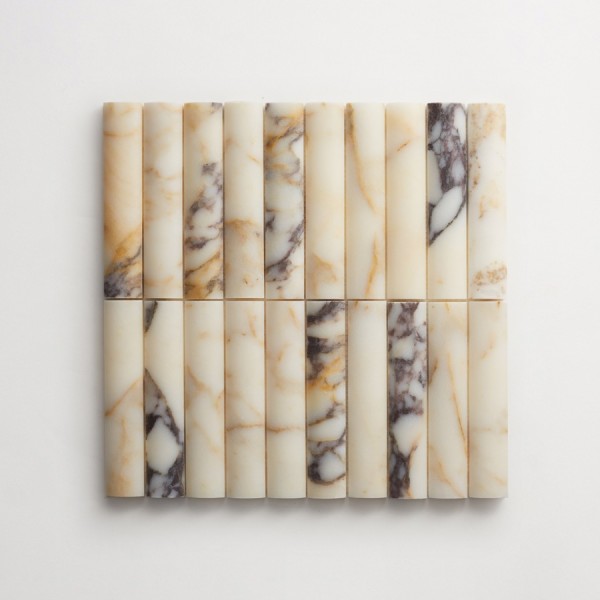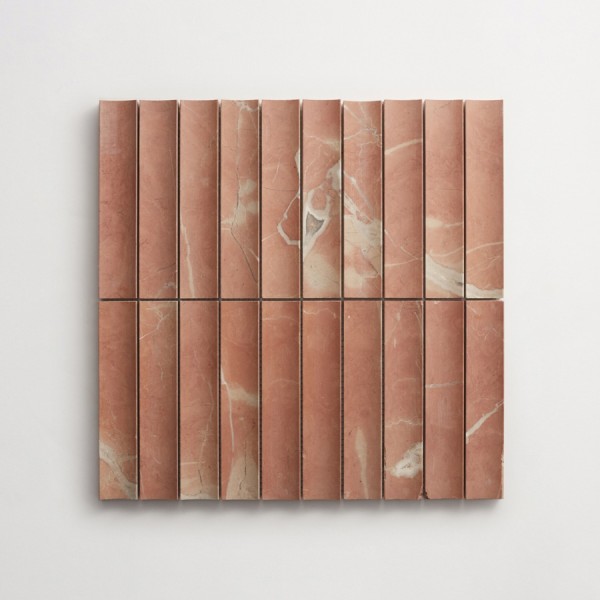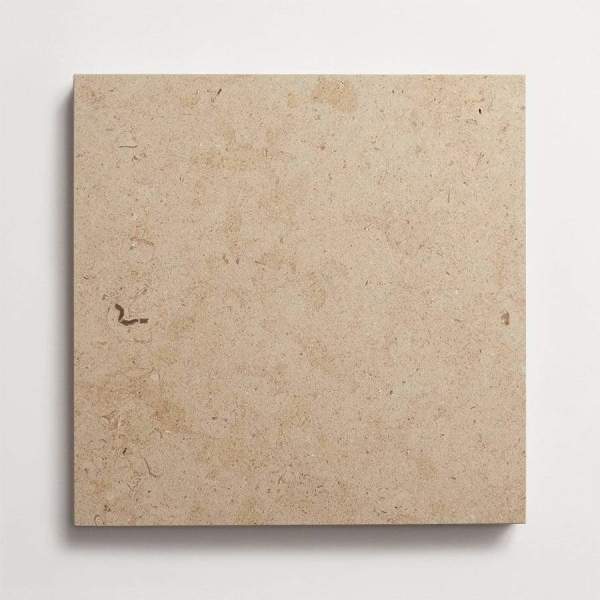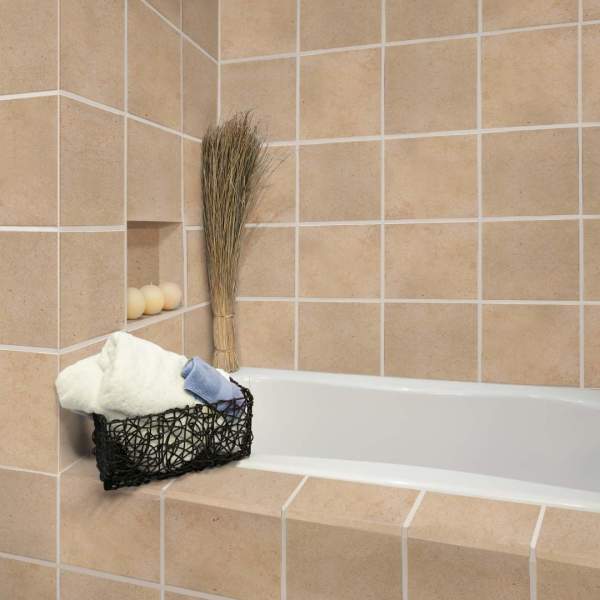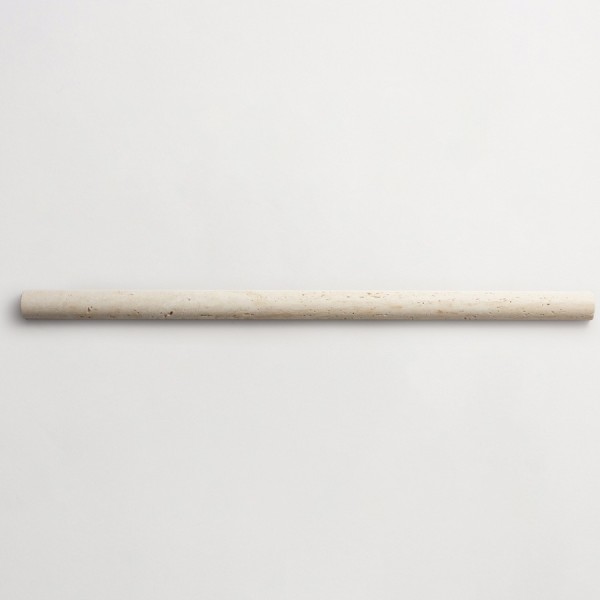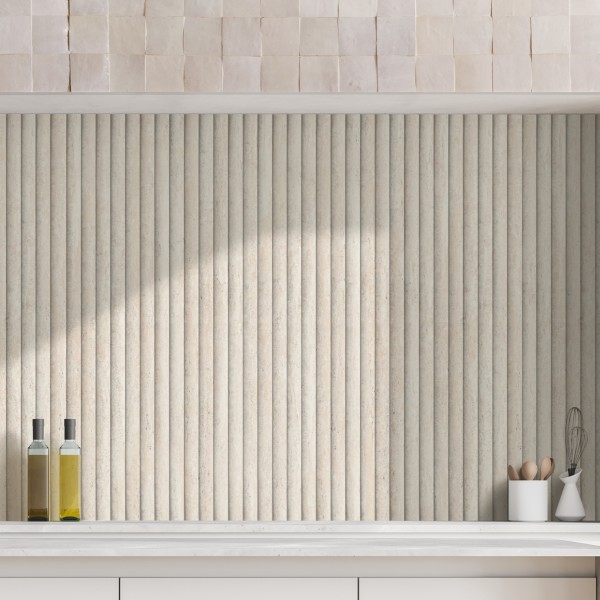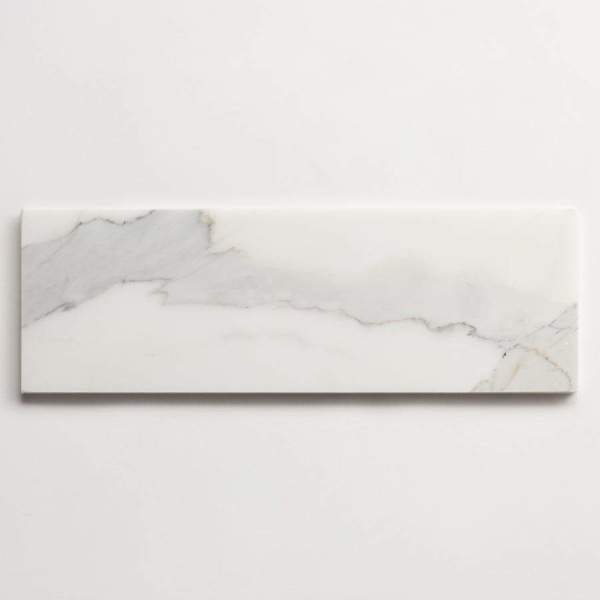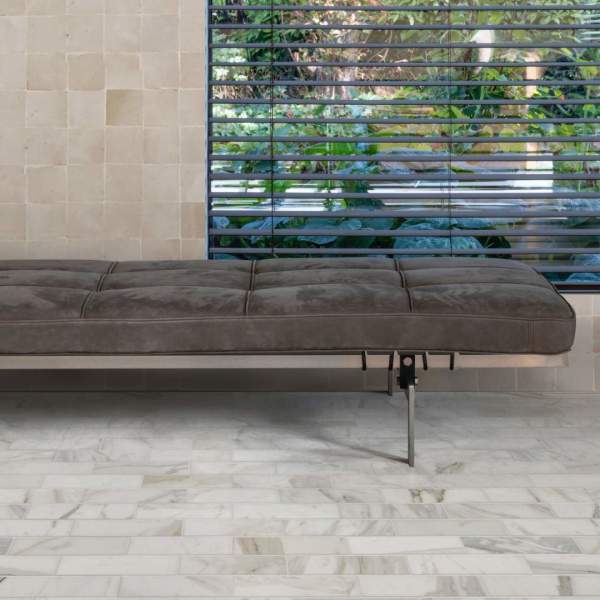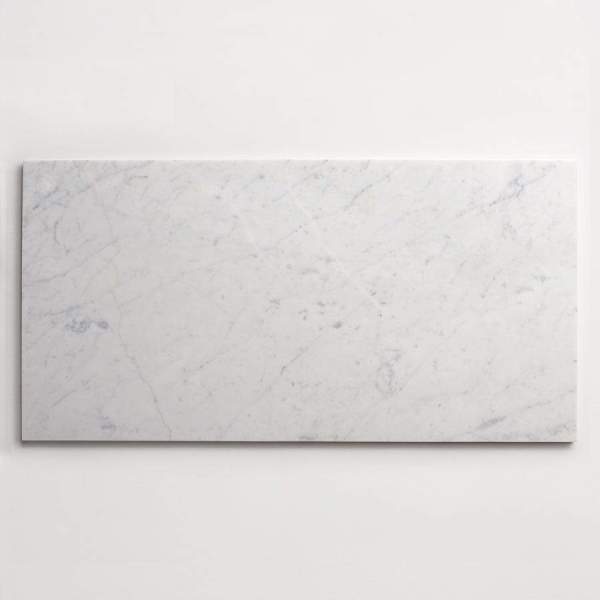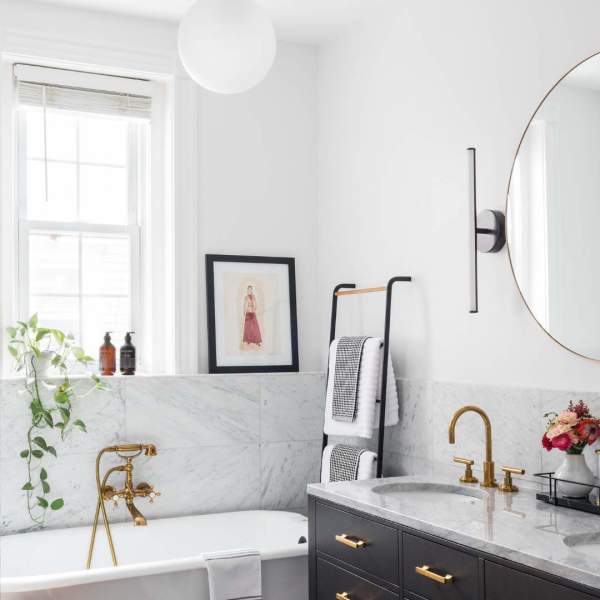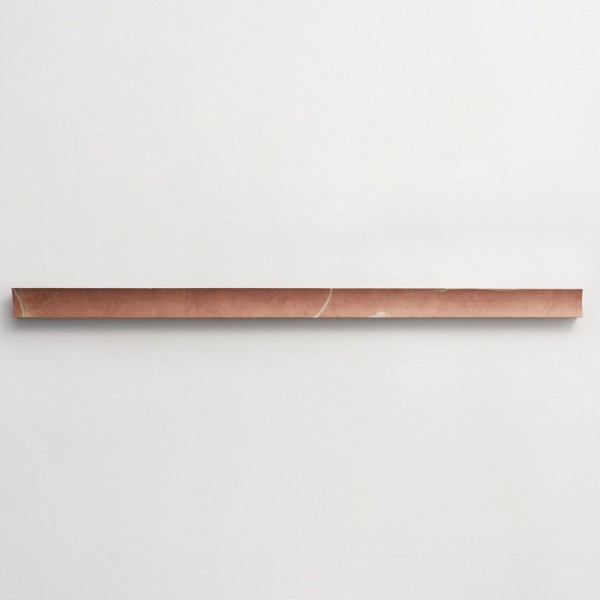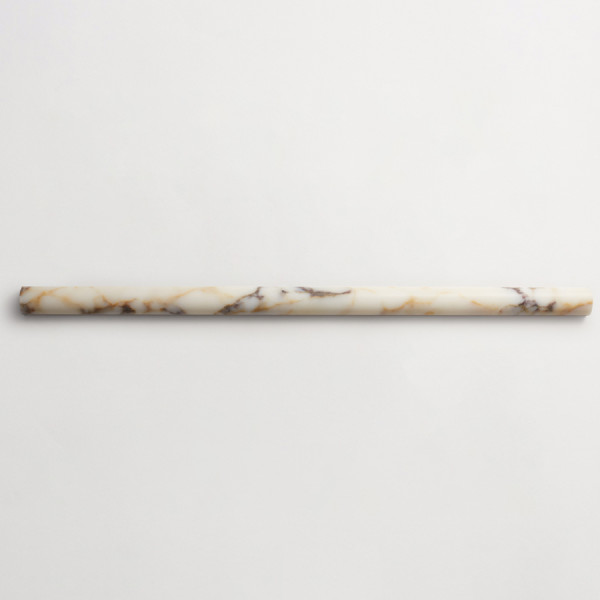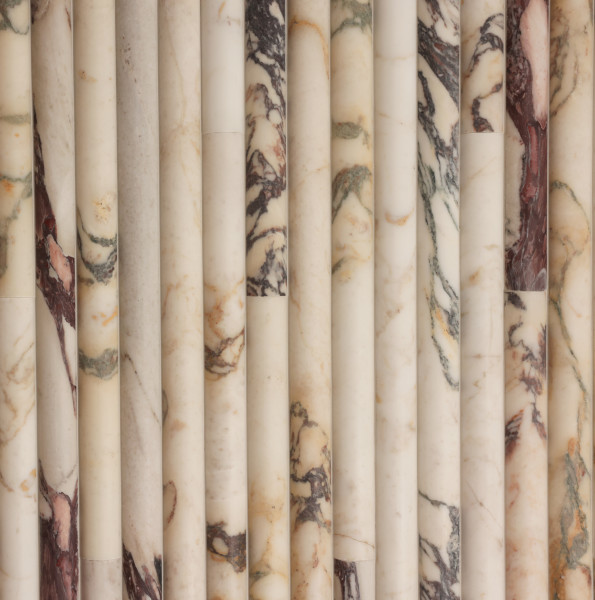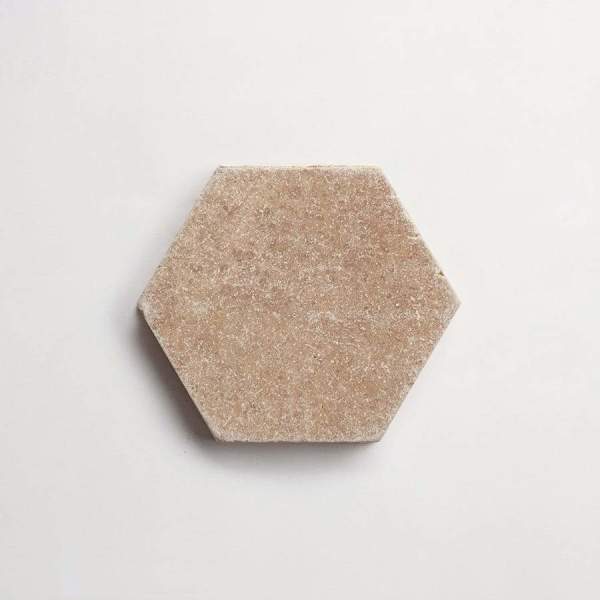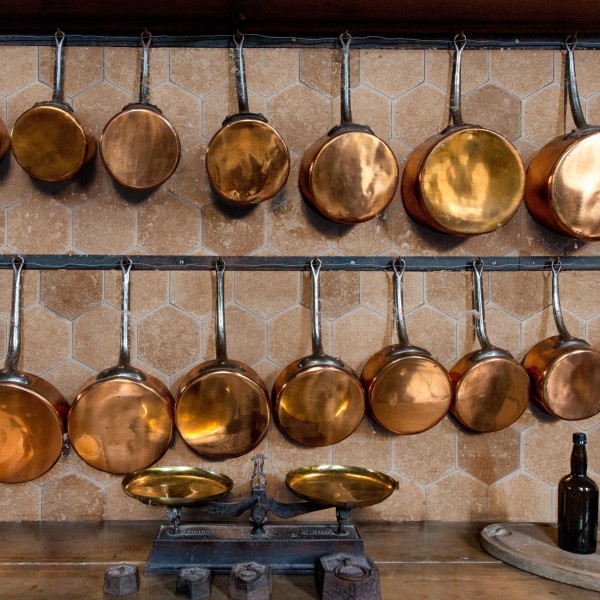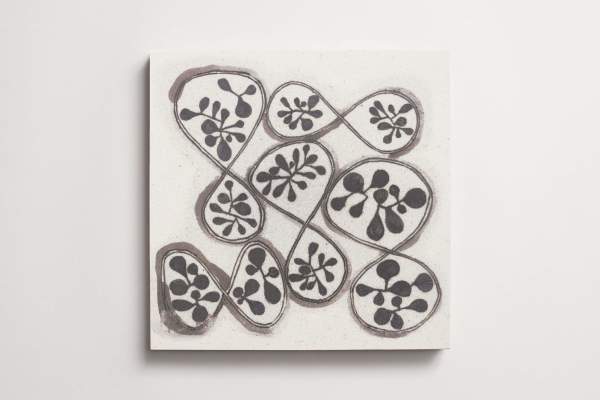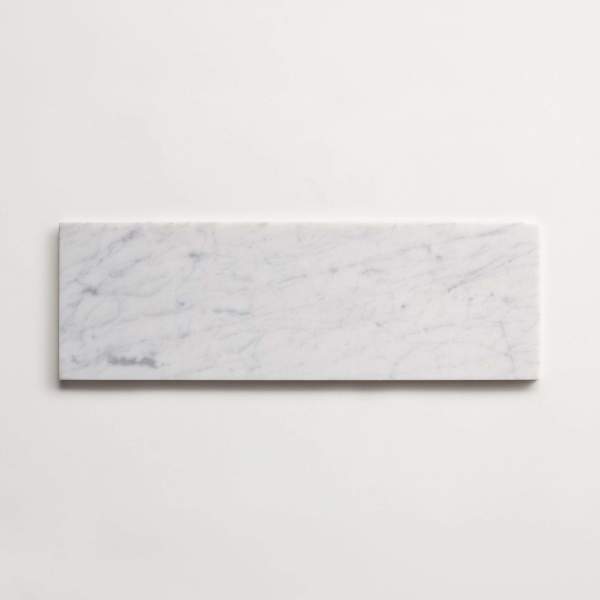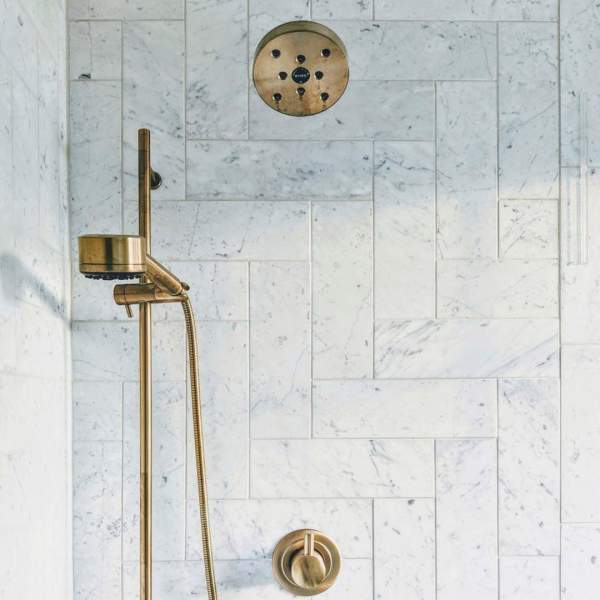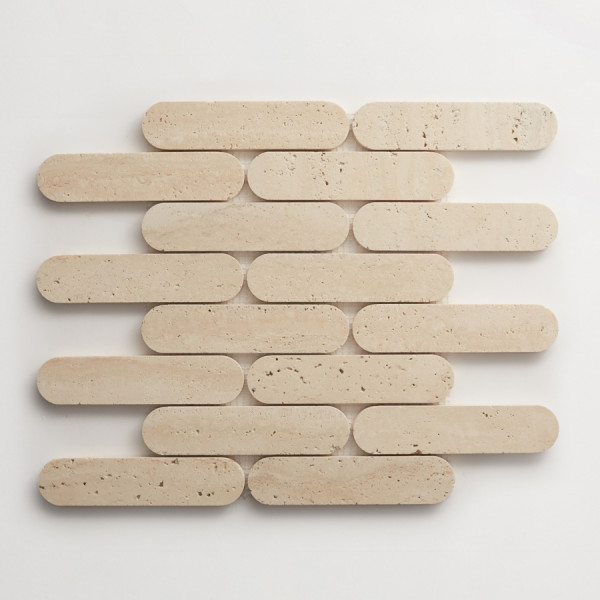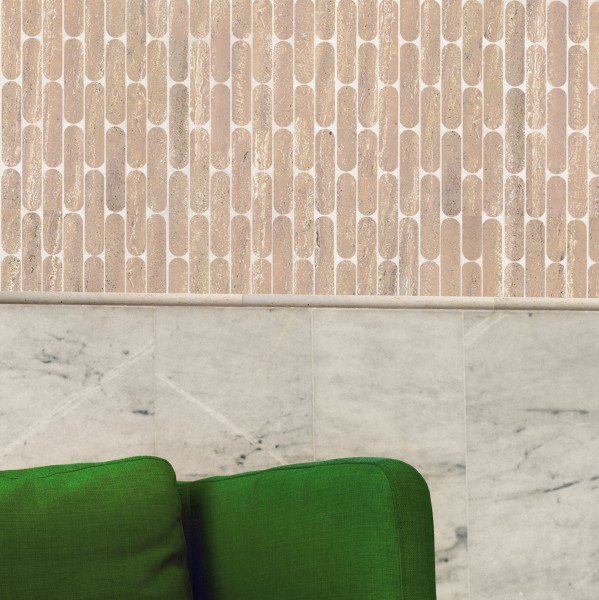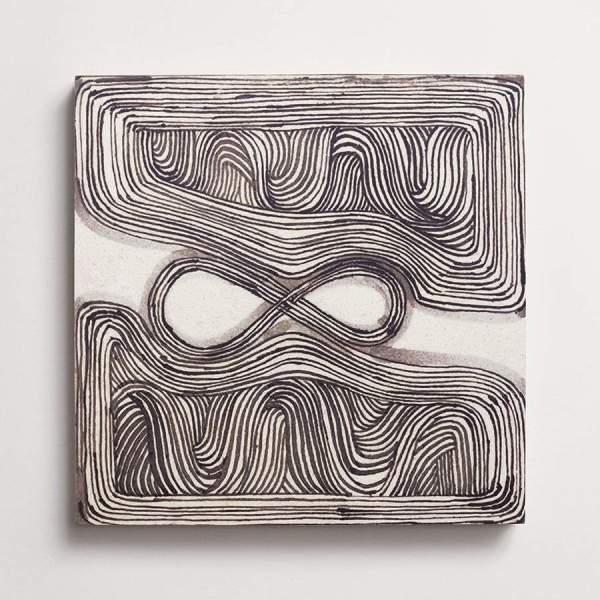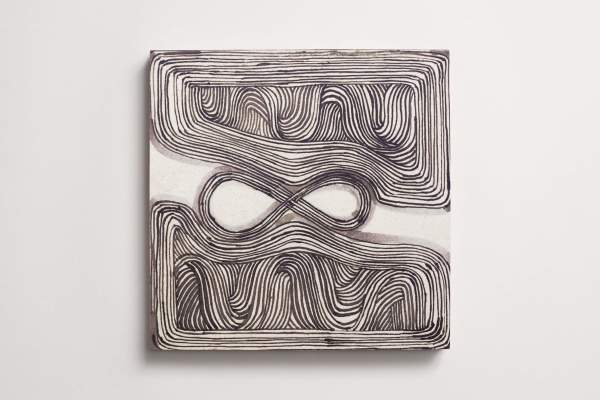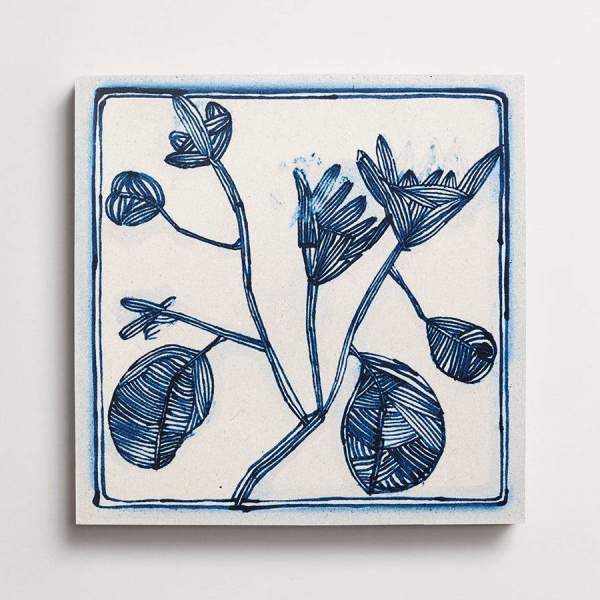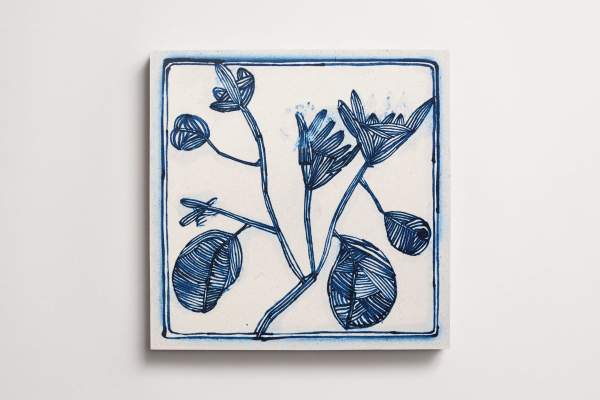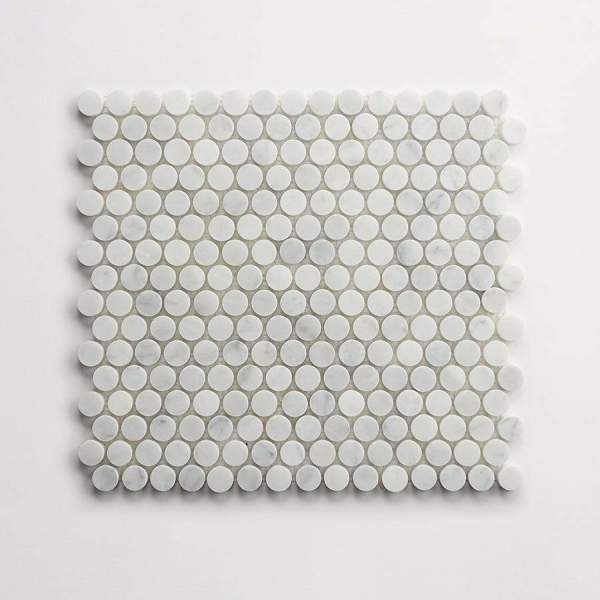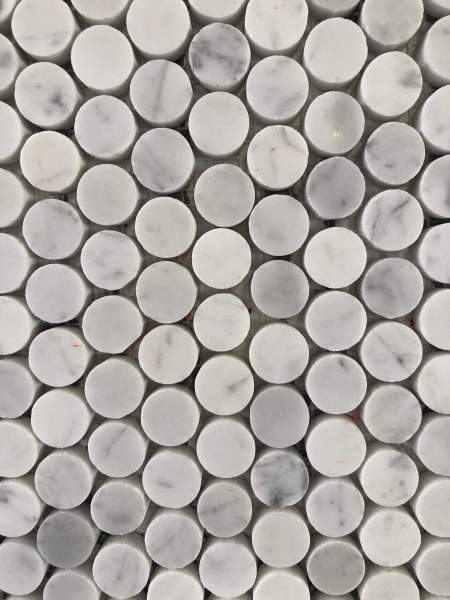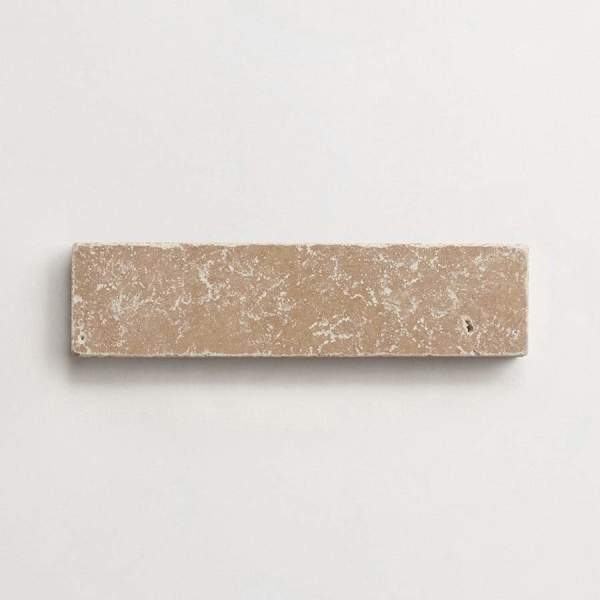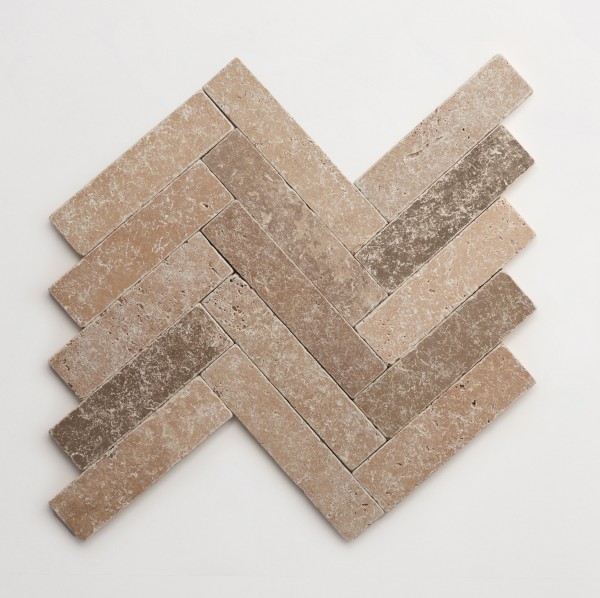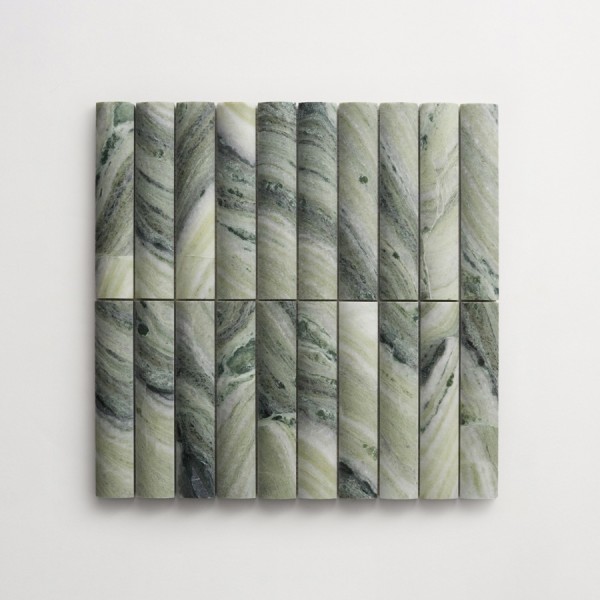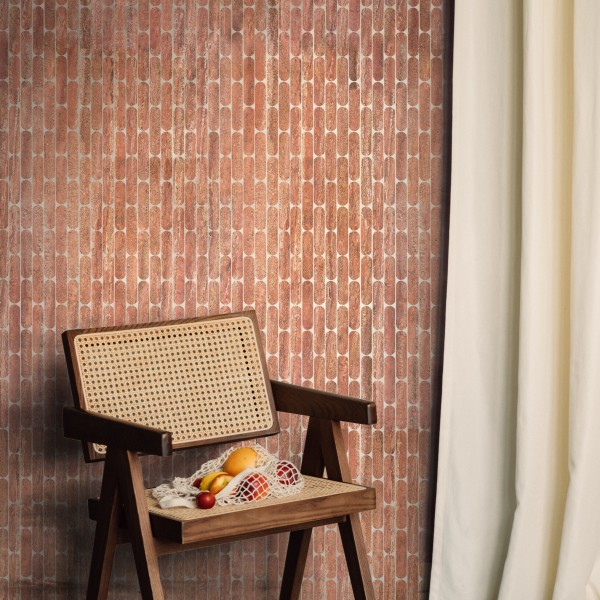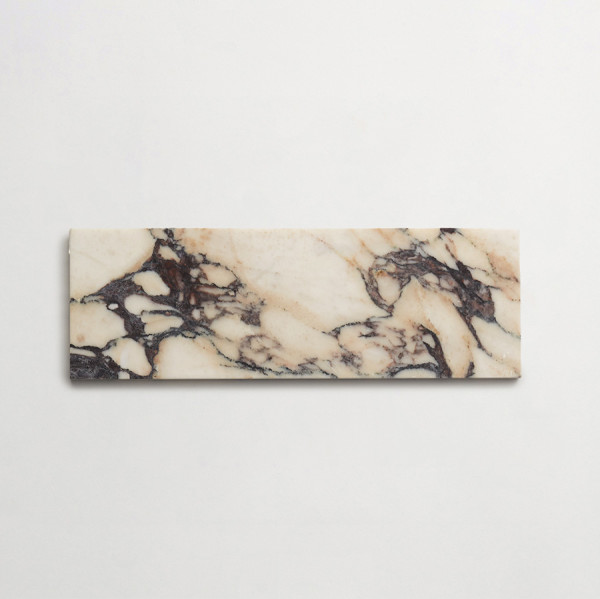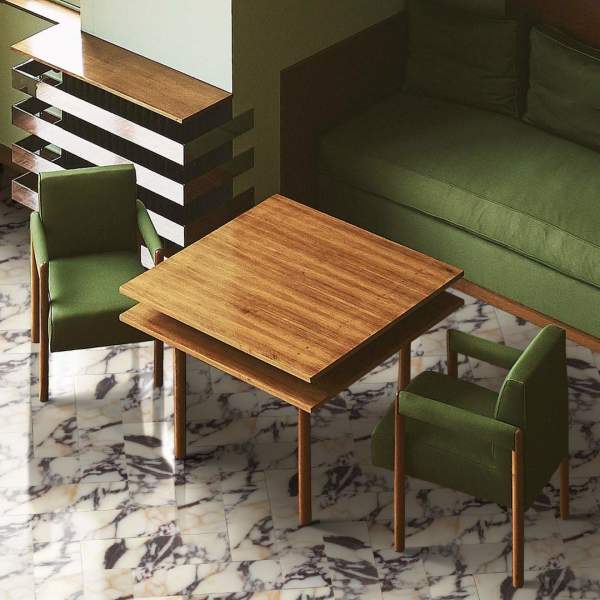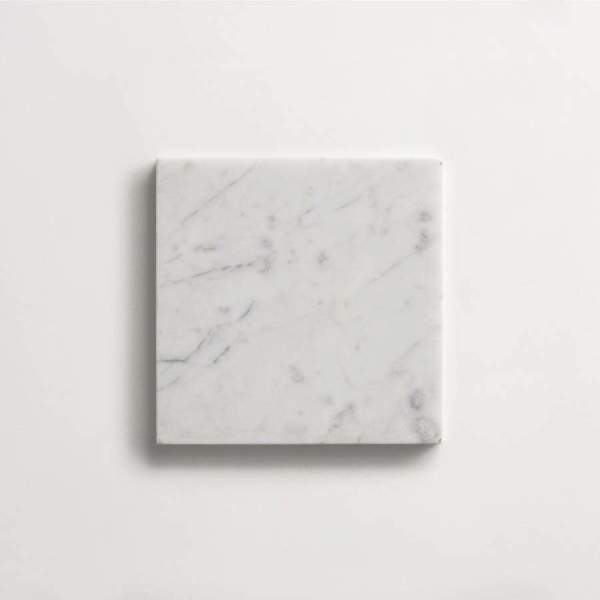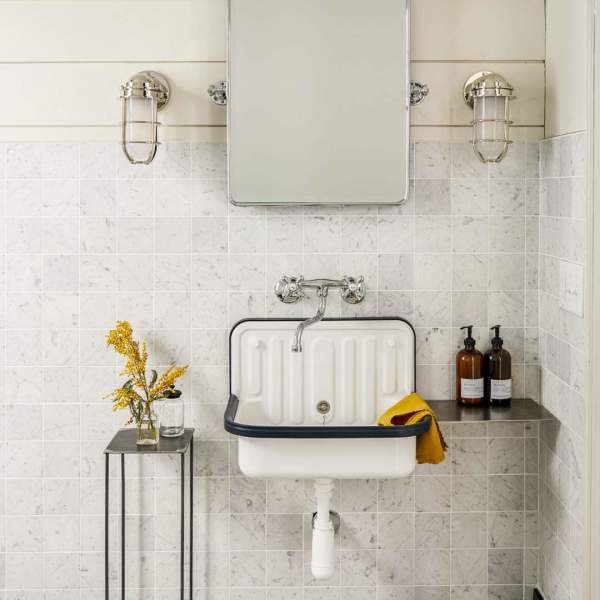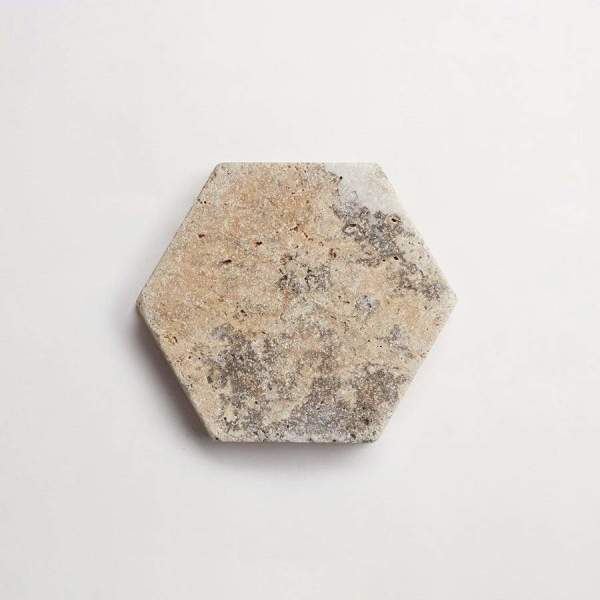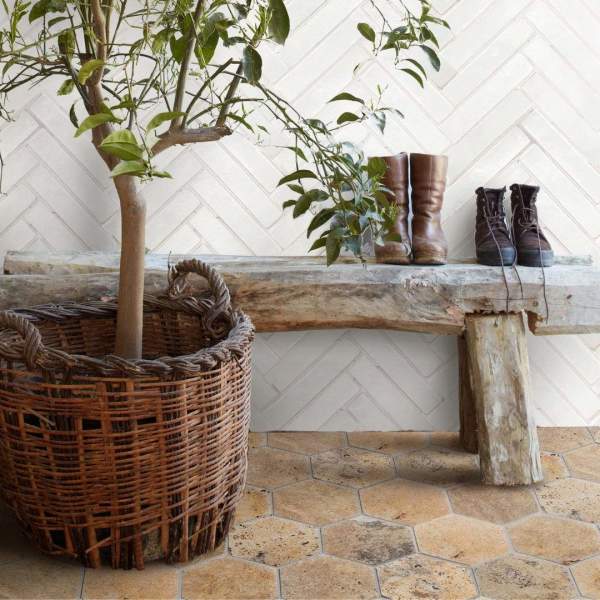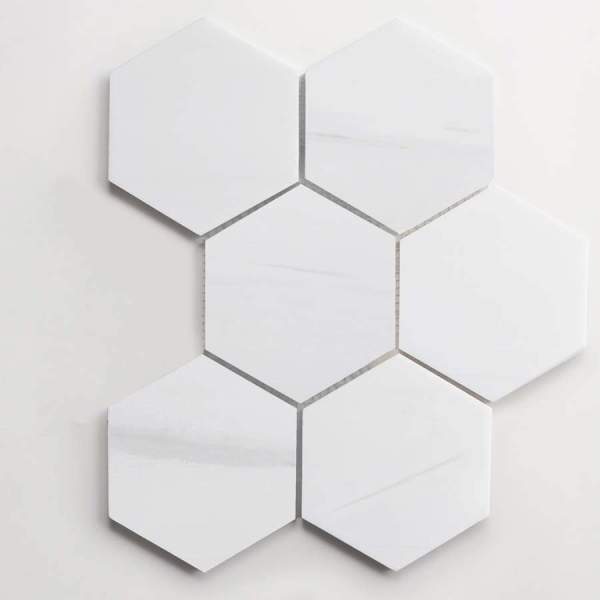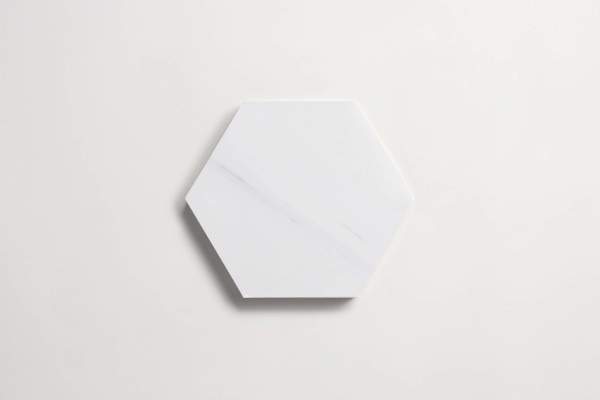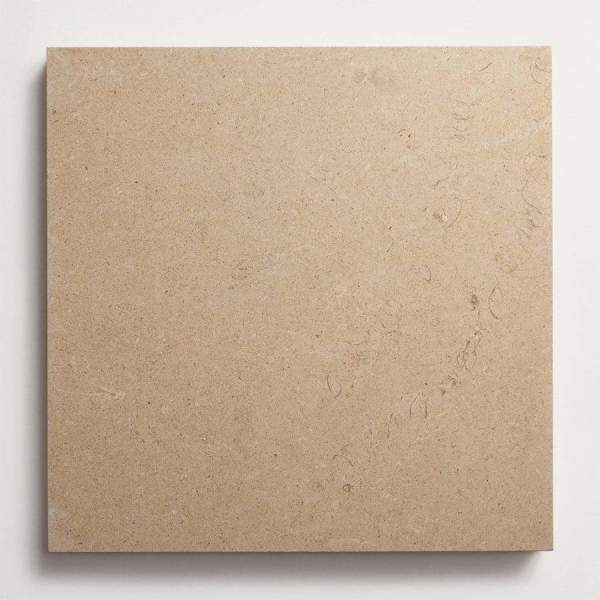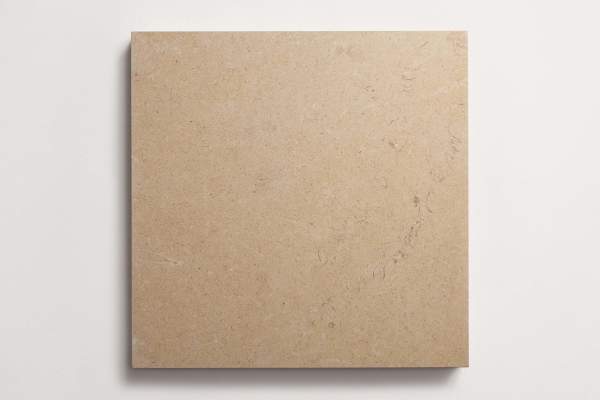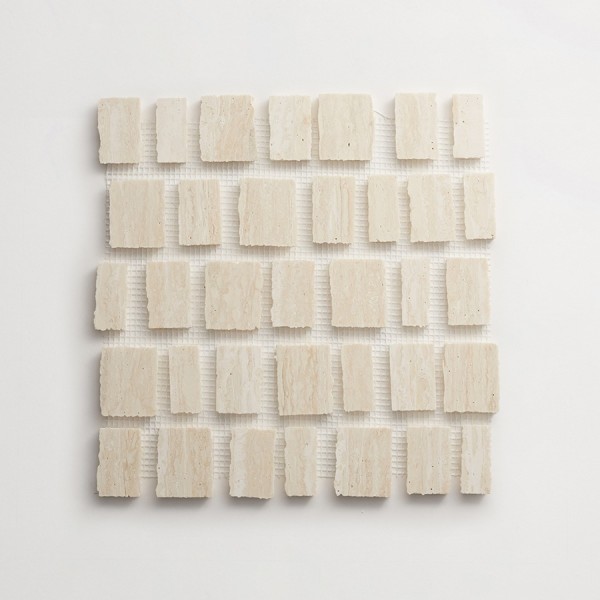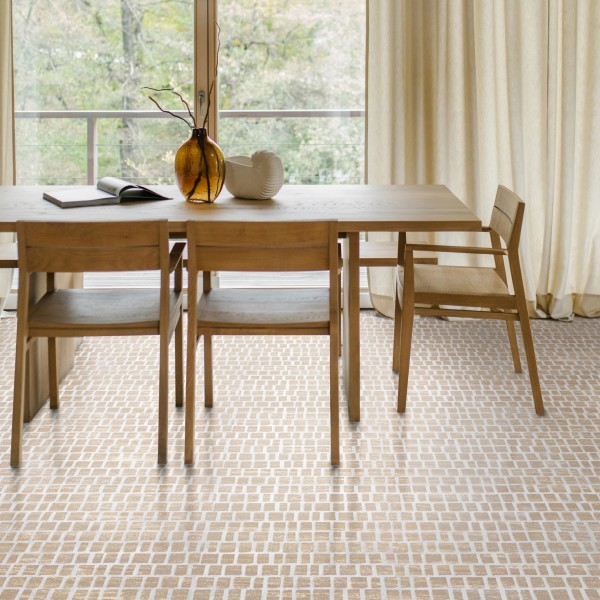shop all stone tiles
stone tile faq
what are the most durable types of natural stone tile for high-traffic areas?
-
slate : known for its slip resistance and layered texture, slate is strong and weather-resistant. it performs well in both interior and exterior high-traffic areas, as wall tile or floor tile, especially where moisture is present.
-
limestone (dense varieties) : while softer than granite or quartzite, certain dense limestones (like jerusalem stone) are durable enough for high-traffic floor tile when properly sealed and maintained.
-
travertine : though more porous, travertine tile can withstand heavy foot traffic if sealed well, with a natural matte surface (or tumbled surface) that can improve traction.
-
granite : one of the hardest and most durable natural stones, granite resists scratching, staining, and heat. its density makes it ideal for areas like entryways, hallways, and outdoor paths.
-
quartzite: often confused with marble, quartzite has the beauty of softer stones but the strength of granite. it's highly resistant to abrasion and doesn’t etch or stain easily, making it perfect for busy floors.
these stones not only offer durability but also timeless beauty, making them a smart choice for high-traffic areas with design in mind. proper sealing and maintenance will ensure longevity regardless of the material chosen.
what are the best stone tiles for kitchen countertops?
the best stone tiles for kitchen countertops combine durability, aesthetic appeal, and ease of maintenance.
-
marble : known for its beauty and classic look, in shapes such as square, rectangle, and hexagon, marble tile can be used on countertops, especially in lower-traffic kitchens. however, it’s prone to etching, scratching, and staining, so it requires regular sealing and mindful use.
-
slate : less common but highly functional, slate is dense, nonporous, and relatively low maintenance. it works well in rustic or modern designs and resists stains and bacteria.
-
granite : a longstanding favorite, granite is incredibly durable, heat-resistant, and available in a wide range of colors and patterns. it resists scratches and stains when properly sealed, making it ideal for kitchen use.
-
quartzite : often mistaken for marble, quartzite is much harder and more resistant to etching or staining. it offers a natural look with impressive strength—a solid choice for those who want elegance without sacrificing performance.
-
soapstone : this smooth, matte stone has a soft feel and deep, rich coloring (usually gray with white veining). it’s highly heat-resistant and nonporous, so it doesn’t stain, though it is softer and will likely develop a beautiful patina over time.
when using natural stone tile (vs. slab), ensure tight grout lines and sealant are used to minimize maintenance and keep the surface hygienic.
can natural stone tiles be used in showers and bathrooms?
when chosen and cared for properly, natural stone tiles can bring organic warmth, texture, and long-lasting elegance to any bathroom or shower space. here are some key considerations to remember when using natural stone tile as an interior design element for showers and bathrooms.
-
water absorption : some stones like marble, limestone, and travertine are more porous and may absorb water or stain more easily, so they need thorough sealing and periodic resealing.
-
durability : stones like granite, slate, and certain dense marbles are more water-resistant and durable, making them better suited for high-moisture areas.
-
finish : choose a honed or textured finish for shower floors to reduce slipperiness. polished stone can be beautiful for wall tile but may be slick when wet.
-
maintenance : regular cleaning with pH-neutral cleaners and proper ventilation is important to prevent mold, soap scum, or mineral buildup.
natural stone tiles are a popular choice for adding timeless beauty and luxury. keep in mind that they require thoughtful selection, proper installation, and regular maintenance to perform well in wet environments.
can I mix different types of stone tiles in one project?
combining various stones—like marble tile with limestone tile, slate tile with travertine tile, or granite tile with soapstone tile—can introduce contrasts in color, texture, and pattern that elevate the overall interior design aesthetic.
for example, mosaic tiles made from materials like marble, travertine, limestone, slate, and granite work beautifully in both traditional and modern settings. mosaic tiles add depth and variation that factory-made materials can’t replicate.
here’s a few things to think about before you select your tile.
-
compatibility : ensure the stones have similar thicknesses and installation requirements to avoid uneven surfaces or complications during layout.
-
absorption rates : some stones are more porous than others, so be mindful of water exposure and seal accordingly to protect more delicate materials.
-
color and tone : choose stones with complementary undertones (warm or cool) for a cohesive look.
-
finish balance : mix finishes (honed, polished, tumbled) thoughtfully—this adds depth but should feel intentional, not chaotic.
when planned well, mixing stone types allows for custom expression and architectural nuance, making your space feel curated rather than cookie-cutter.
which is better, limestone or carrara marble?
it depends on your project needs and priorities—both stones offer distinct aesthetics and performance characteristics.
carrara marble:
-
appearance : known for its elegant, cool white or gray tones with soft veining, it offers a timeless, luxurious look.
-
durability : stronger and denser than limestone, but still softer than granite, and prone to etching and staining if not sealed properly.
-
best for: bathrooms, backsplashes, fireplace surrounds, and countertops in lower-traffic areas where elegance is a priority.
limestone:
-
appearance : more muted and earthy, with warm beige, grey, or taupe tones and a softer, more organic feel.
-
durability : softer and more porous than carrara marble, making it more susceptible to wear, staining, and scratching—it requires regular sealing.
-
best for : flooring, wall tile cladding, and rustic or natural-style spaces—ideal for areas where a softer, more textured look is desired.
choose carrara marble tile if you want a refined, classic look with more visual impact and are prepared for some upkeep. opt for limestone for a warmer, subtler aesthetic and a more natural, relaxed feel—but be mindful of its softness.


